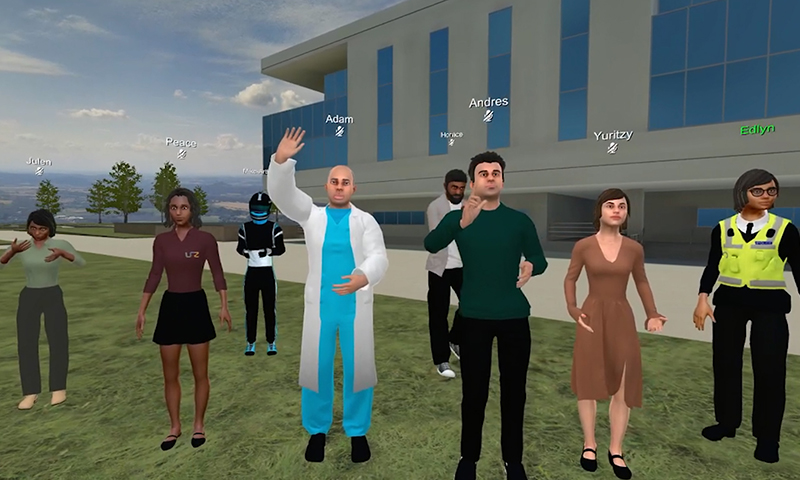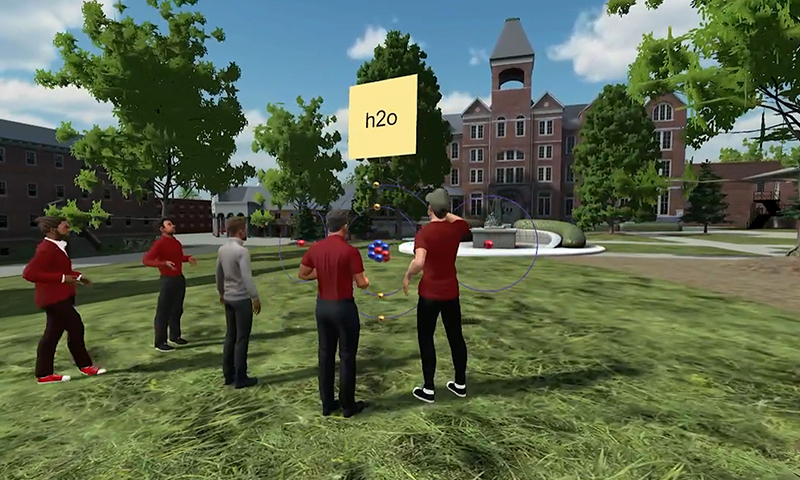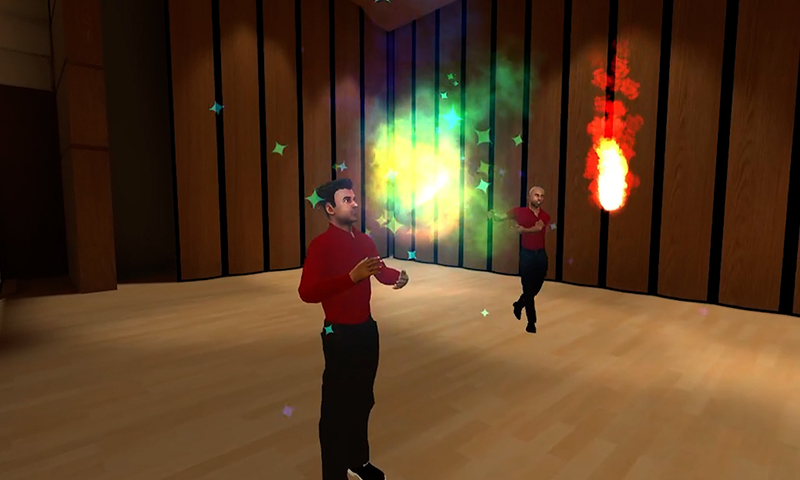Steve Grubbs is the CEO of VictoryXR and a pioneer in the world of AR & VR education. Steve is the son of a school teacher and formerly served as chair of the House Education Committee in the Iowa Legislature, where he authored the state’s first school technology funding bill.
Two people walk into an emergency room and approach the desk. They are completely unrelated to each other, but it’s not unusual for an emergency room to have two people in one night complaining of chest pains. For a triage nurse, acting quickly means the difference between life and death.
There is one doctor on duty in this emergency room and two patients. The triage nurse quickly begins interviewing each patient, waiting for the responses. As the nurse begins to learn more, it becomes apparent that one patient is having a heart attack that will kill her, while the other simply has heartburn or acid reflux.
While this scenario regularly plays itself out in hospitals around the world, in this particular case, it is a simulation in a virtual reality emergency room, complemented with avatar patients powered by artificial intelligence and language. What that means, very simply, is that real students – training to be nurses or nursing techs – can have useful conversations with avatars using voice and language, rather than text.

[Generated from ChatGPT, an artificial intelligence creation tool]
An AI avatar with subject matter expertise can be used to train nurses in a number of ways. Here are a few examples:
- Virtual patient simulations: The avatar can be programmed to simulate different patient scenarios and conditions, allowing nurses to practice and hone their skills in a safe and controlled environment. The avatar can provide feedback on the nurses’ decisions and actions, helping them identify improvement areas
- Interactive lectures: The avatar can be used to deliver interactive lectures on various medical topics, such as anatomy and pharmacology. The avatar can respond to questions, provide explanations and examples, and provide resources for further learning.
- Role-playing: The avatar can be used to simulate different patient-nurse interactions, such as taking vital signs, administering medication, and communicating with patients. This can help nurses to develop their communication and interpersonal skills, which are critical for effective patient care.
- Career Advancement: The avatar can be used to provide training in specialized areas such as critical care, pediatrics, and emergency medicine, allowing nurses to advance their careers.

By using an AI avatar with subject matter expertise, nurses can have a more engaging and interactive learning experience, and practice their skills in a safe, simulated environment before dealing with actual patients. Additionally, an AI avatar can help to bridge the gap between the classroom and clinical training and provide a new way to interact and learn. [End of writing from ChatGPT and back to Steve Grubbs]
Steve Wozniak, the inventor of the Apple I & II computers, says that one should rarely try to invent technology 3-5 years down the road, but rather focus on that which is possible in the next 12 months. AI-driven talking avatars in a virtual reality environment are just now becoming possible due to the significant advances in artificial intelligence.
Consider the possibilities of this advancement: tutors suddenly become more personal and affordable. Access to a private tutor, previously available to the well-off or those with access to government-sponsored programs. Not only can a student be immersed in an environment where they can learn hands-on, but they have an avatar nearby ready to have a conversation about the challenges they are facing.
Or, a chemistry professor exists as an AI avatar in the lab, assisting with experiments, teaching, and being a conversational partner throughout the process.

For many, the best way to understand this is to think in terms of Star Trek’s, Data. While Data was not an avatar, he is described as a self-aware, sapient, sentient, and anatomically fully functional male android.’ AI avatars have a long way to go to become sentient and anatomically fully functional, but the sapient, or intelligent, part has arrived today.
Consider this example: the construction industry has a shortage of qualified carpenters. High school students can enter a carpentry apprenticeship in a metaverse world, learn how to use the tools, learn geometry involved, and have constant sidekick assisting and coaching. This student graduates from the metaverse program understanding all of the basics and then finishes the apprenticeship on-site with an experienced carpenter.

In the VictoryXR metaverse system, we will initially roll out AI avatars for scenario training in various healthcare environments. Whether it’s an emergency room, dentist’s office, or nutrition specialist, having scenarios that allow students to move at their own pace creates greater access to students who might otherwise be left out due to family, expense, or job commitments. For the initial market beta test, March 2023 is when we expect it to come into use with existing users.
Looking ahead, we expect the technology to advance alongside augmented reality glasses. Ultimately, your AI assistant may always be as close as a tap on the side of your glasses or controlled through a voice command. Even more – and perhaps with a lot more ethical considerations – people will have the option to have a loved one come back as an AI for conversations, advice, and healing. For now, we will focus on educating and training the world to make learning a fun and accessible experience. And maybe, patients in emergency situations will find more and better-trained healthcare providers.




